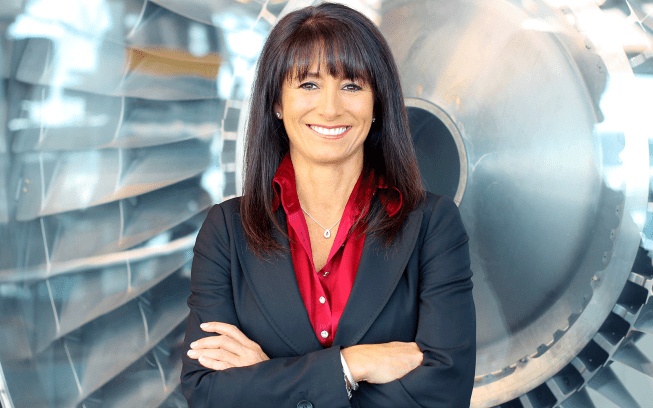Lise D’Andrea founded Customer Service Experts in Philadelphia, Pennsylvania, in 1993. In its early years, CSE created customer service programs for retail, food and beverage, and shopping centers. After relocating to Annapolis, Maryland, in 2000, CSE launched its first airport concessions service development program at Ronald Reagan Washington National Airport (DCA). This year marks the 25th anniversary of CSE’s founding. ARN’ Rebecca Renner spoke with D’Andrea about changes underway in customer service strategies.
Renner: You’ve been involved in devising customer service strategies for concessionaires and airports for many years. How have your strategies evolved?
D’Andrea: We started out in the shopping center industry way back in about 1993. Things have changed a lot since then. When September 11th, [2001], hit, retail and food and beverage were pushed post-security. Airports eventually caught on to the importance of better service, especially in a top security environment. Passenger interactions, not only from concessions but from anyone who was passenger-facing at any airport, were key there. We’ve now been able to help to influence and support each passenger touch point through training, through measurement of service, through building culture strategies that are airportwide to get everyone unified throughout the airport experience, so that the passenger feels a seamless and effective and efficient journey. It used to be very siloed in the airports, where all of these entities were working somewhat in concert but really separately. Airports are really understanding now that [the seamless customer experience] is a big responsibility for them to take on.
Renner: How have social media and sites like Yelp affected airports and concessionaires and how they approach customer service?
D’Andrea: At the airport level, passenger satisfaction with all services throughout their experience is paramount, but now social media has allowed airports to have real-time awareness of that experience. Whether it be a restaurant or a retail location, the airport has access to that feedback, and it’s attached to the airport brand. What do we do with that information? Well, first it raises awareness of the importance of service. Then, we talk about what do we do with the data and how do we make it actionable? How do we operationalize this feedback into things that are going to improve our airport? So I think it’s really helped the overall awareness of the importance of service culture. It’s only going to get more frequent and more prevalent as more passengers choose to use it. A lot of airports are adopting social media platforms that give them direct feedback, not from a third-party source like Yelp but actually asking for that feedback directly. Opening themselves up and being vulnerable to this kind of feedback is a huge step toward making a better passenger experience.
And airports aren’t just tapping into social media for feedback. It’s more of a blended feedback model from different methods and sources. They’re doing quite a bit of surveying. Mystery shopping is also something that is really key in terms of getting feedback from passengers in the airport who are actually experiencing each and every touch point throughout. They are also using Skytrax more and ACI’s [Airport Service Quality].
Renner: As the millennial generation and beyond begins to dominate the travel landscape, what customer service shifts do you think are important?
D’Andrea: The most important thing is technology because millennials are familiar with it and expect it. They prefer it. It’s their go-to to do anything, especially when it means saving time. So millennials tend to be more impatient because they’ve had the exposure to technology, and they have things at their fingertips that previous generations didn’t have. When they walk into an airport environment, they want to order what they want, and they want to get it on the spot. They want to get to their gate. They want to have their boarding pass on their phone, and they want to have everything at their fingertips, literally in their hand. As an airport it’s important to understand that. To be able to provide those tools all along that passenger journey makes the millennial feel more at home and more connected overall to the airport. They also want to have a variety of choices, so not just pigeonholing into one idea but having a multitude of concepts. For example: for food or a multitude of choices for retail and not just having one or two stores, but having a variety of things to pick from, so they can ultimately choose without feeling railroaded.






